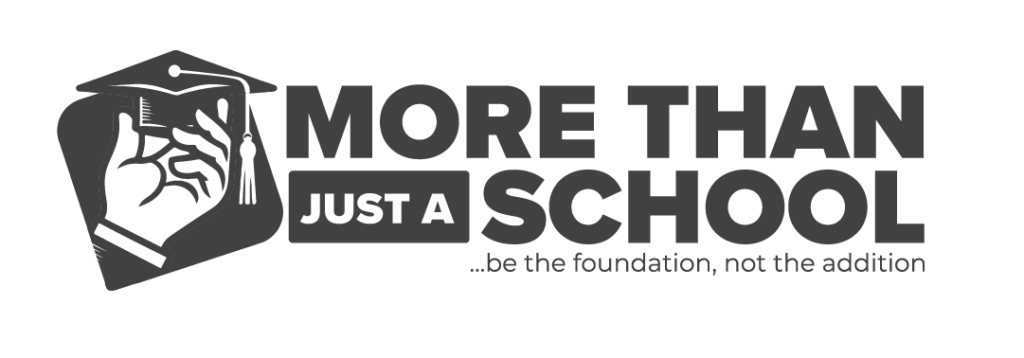Education is often described as the key to success. However, for many Black students in Ontario high schools, getting the quality education they deserve is not always easy. These students face unique challenges in their schools—challenges that affect their learning, their futures, and even their self-confidence.
At More Than Just a School, we believe that every student deserves an equal chance to succeed. We work hard to give Black students and students from diverse communities the tools and support they need to overcome barriers, excel in school, and reach their full potential.
But first, it’s important to understand the disparities that exist and why addressing them is crucial to creating a fair education system for all students.
Understanding Educational Disparities: Why Do Black Students Struggle More?
Educational disparities are unfair differences in the education that students receive based on things like race, income, or background. Black students in Ontario are often at a disadvantage due to a variety of factors. Let’s look at some of the key reasons why this happens.
1. Historical and Systemic Inequality
Did you know that Black students in Ontario are more likely to face difficulties in school due to long-standing systems that weren’t built with them in mind? Many policies and practices in schools have contributed to unequal opportunities. Over time, this has created gaps between Black students and their peers.
For example, research shows that Black students in Ontario are more likely to be streamed into applied or lower-level classes compared to their white peers. This limits their access to advanced courses that could help them go to university or secure high-paying jobs in the future.
According to a 2017 report by the Toronto District School Board, 53% of Black students were enrolled in applied courses, compared to only 16% of white students. That’s a big difference! And this has a lasting effect on their educational outcomes.
2. The Achievement Gap
The achievement gap refers to the difference in academic performance between groups of students. In Ontario, Black students tend to have lower grades and higher dropout rates compared to their classmates. This gap is not because Black students are less capable. Instead, it is often due to a lack of resources, mentorship, and encouragement in their schools.
Many Black students also deal with challenges outside of school, like financial difficulties or unstable housing, which can make it harder for them to focus on their studies.
3. Disciplinary Disparities
Another challenge is the unfair treatment Black students often face when it comes to discipline. Studies show that Black students are more likely to be suspended or expelled from school, even for minor incidents. In fact, Black students in Ontario schools are suspended at a rate 3 times higher than white students. This is called disproportionate punishment, and it can make students feel unwelcome and unsupported in their schools.
Suspensions and expulsions not only disrupt a student’s learning but also contribute to a cycle of disengagement, where the student feels less motivated to participate in school.
4. Lack of Representation and Support
Representation matters. When students don’t see teachers or role models who look like them, they may feel like they don’t belong. In Ontario, the number of Black teachers and teachers of color is very low. This lack of representation can leave Black students feeling isolated or misunderstood.
Cultural differences are often overlooked in the classroom, and lessons may not reflect the diverse experiences of Black students. This can create a learning environment where students feel disconnected or unvalued.

How Can We Address These Challenges?
The good news is that these challenges are not impossible to fix. With the right support and changes, Black students in Ontario can have the same opportunities for success as anyone else. Here are some solutions we can work towards:
1. Teachers Making a Difference
Teachers play a big role in helping students feel safe, supported, and understood. More Than Just a School believes that teachers need to be given more training in cultural competency. This means learning how to be sensitive to the different backgrounds of their students and understanding the unique challenges that Black students face.
When teachers are more aware, they can create a welcoming environment where all students feel like they belong. They can also work to be more mindful of how they discipline students, making sure that all students are treated fairly.
2. Parents as Partners
Parents are a child’s first and most important teachers. By getting more involved in their children’s education, parents can help break down barriers and ensure that schools are doing their best to support their kids.
At More Than Just a School, we encourage parents to engage with their child’s teachers and school administrators. Schools also need to make an effort to include parents from diverse communities in decision-making processes, ensuring that the needs of Black students are heard.
3. Building a More Inclusive School Environment
Schools themselves can also take action by changing their policies and creating programs that support Black students. This includes:
- Revising curricula to include Black history and contributions so that Black students can see themselves reflected in their lessons.
- Creating mentorship programs where Black students can connect with older students or professionals who have gone through similar experiences.
Hiring more diverse staff to ensure that the teaching body reflects the diversity of the students they serve.

More Than Just a School: Our Role in Creating Change
At More Than Just a School, we don’t just talk about the problem. We are part of the solution.
We work with schools, teachers, parents, and community leaders to create programs that help Black students succeed. Here are just a few ways we are making a difference:
1. Mentorship Programs
We pair Black students with mentors who can guide them through their academic journeys. These mentors provide both academic support and personal guidance, showing students that they are capable of achieving great things.
2. Community Partnerships
We partner with local organizations and businesses to offer students opportunities for growth, like internships, scholarships, and leadership training. By connecting students to the community, we help them build a strong support network.
3. Cultural Awareness Programs
We work with schools to introduce programs that celebrate Black culture and history. This helps all students, not just Black students, appreciate the rich diversity within their classrooms.
How You Can Help
Whether you’re a teacher, parent, donor, or community leader, there’s something you can do to make a difference in the lives of Black students.
- Teachers, you can push for more inclusive curricula and become mentors to students who need extra guidance.
- Parents, you can advocate for your child by staying engaged with their school and encouraging other parents to do the same.
- Donors and community leaders, your support can help fund programs that give Black students the tools they need to succeed. Your contributions will go directly to mentorship, scholarships, and tutoring services that change lives.
Conclusion: Join Us in Creating Change
The challenges Black students face in Ontario high schools are real, but they are not unchangeable. At More Than Just a School, we believe that with the right support, every student can achieve their full potential. We are committed to being a part of the solution, but we can’t do it alone.
Now is the time to act! By joining us, you’ll be helping to create a fairer, more inclusive education system where no student is left behind.
Will you be part of the change? Together, we can build a better future for all students.
Contact Us Now!


Pingback: Emotional Safety in Schools: Building Trust for Better Learning - Roots to Routes Academy